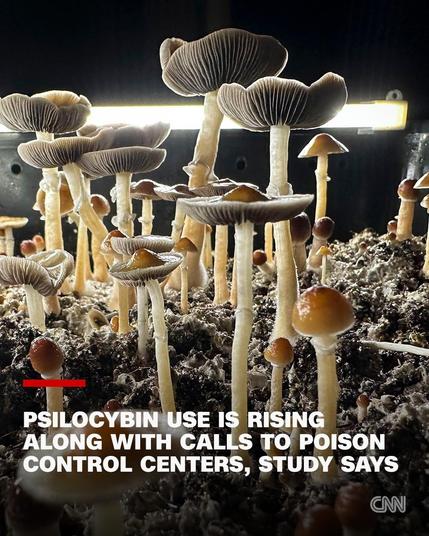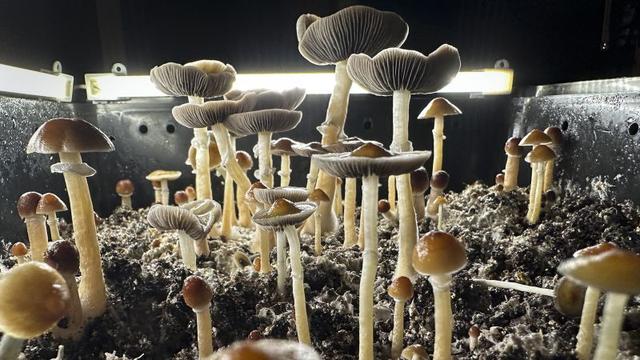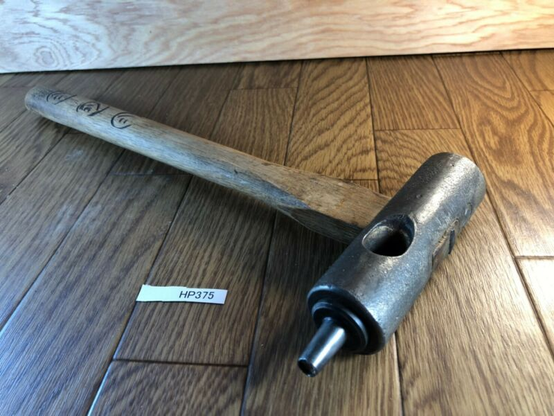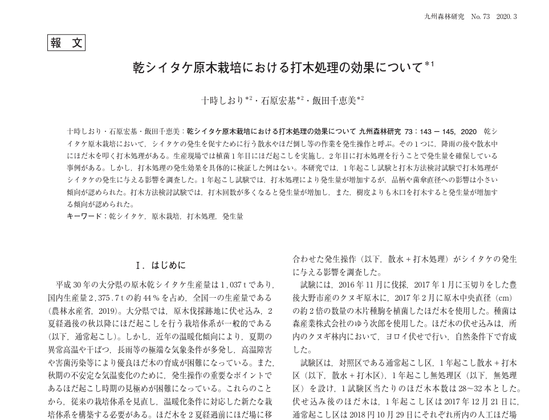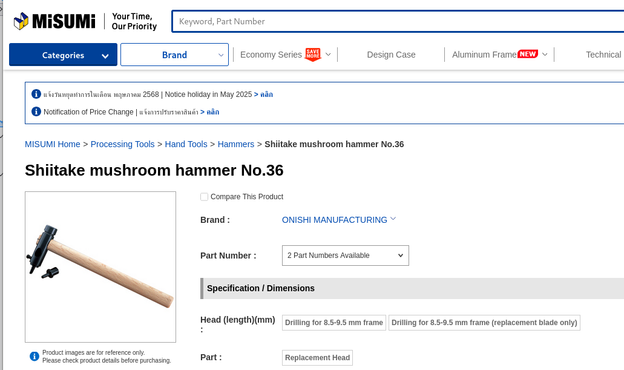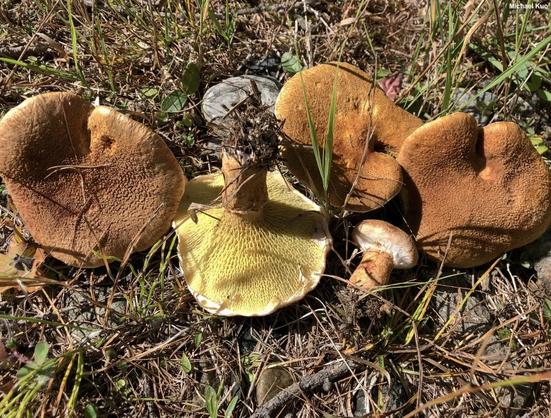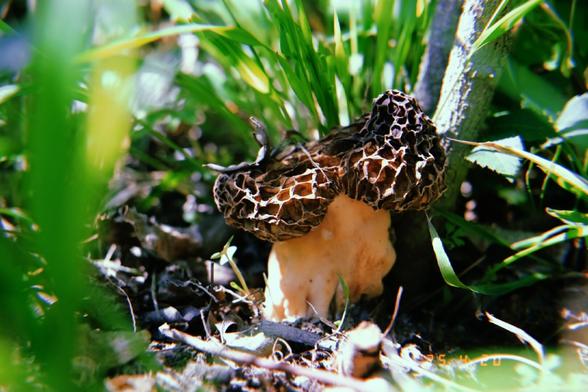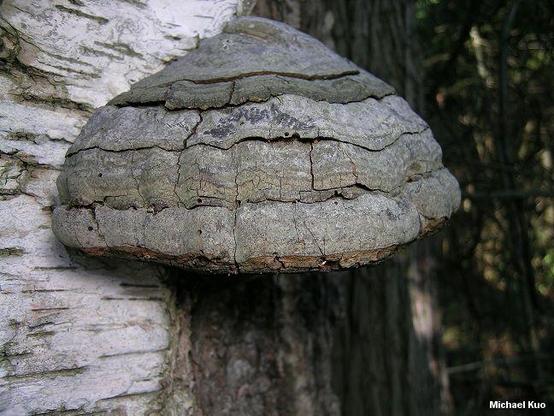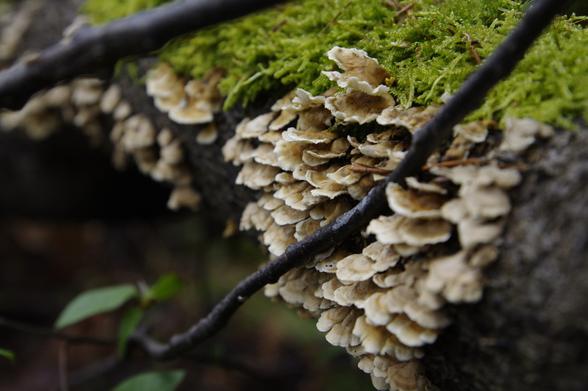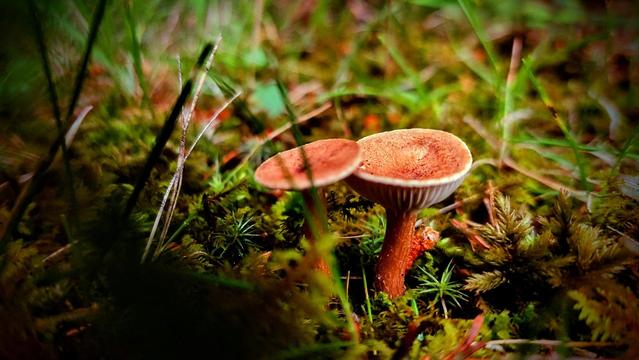Suillus cavipes
https://www.mushroomexpert.com/Suillus_cavipes.html
Ecology: Mycorrhizal with larch (species of Larix, especially Larix decidua); growing alone or gregariously; fall; originally described from (and neotypified from) Austria; distributed in northern and montane Eurasia, where the host trees occur. The illustrated and described collection is from Alpine Italy.
Cap: 4-9 cm; convex at first, becoming broadly convex; dry; densely hairy to sub-scaly with whitish to brown hairs and fibrils; yellowish brown, reddish brown, or brown; featuring white partial veil remnants on the margin.
Pore Surface: Yellow; not bruising; pores angular and radially arranged, about 1-2 mm across; tubes to 5 mm deep.
Stem: 3-6 cm long; 1.5-3 cm thick; equal or slightly club-shaped; yellow and bald toward the apex; brown and velvety below; with a fragile white ring; hollow; basal mycelium white.
Flesh: White; not staining on exposure.
Odor and Taste: Not distinctive.
Spore Print: Olive brown.
Microscopic Features: Spores 7-10 x 3-3.5 m; boletoid-fusiform; smooth; yellowish in KOH. Basidia 25-28 x 4-5 m; clavate; 4-sterigmate. Cystidia 45-60 x 5-10; cylindric or subfusiform; thin-walled; smooth; hyaline to yellowish in KOH. Pileipellis a cutis of elements 5-20 m wide, smooth, hyaline to brownish in KOH, septate; with aggregations of upright hyphae; terminal cells cylindric to fusiform.
#mushrooms #fungi #mycology #shrooms #mushtodon #sporespondence #floraspondence
